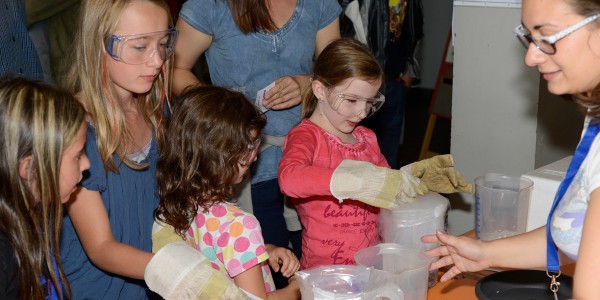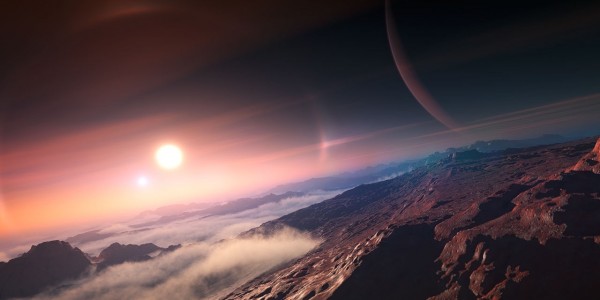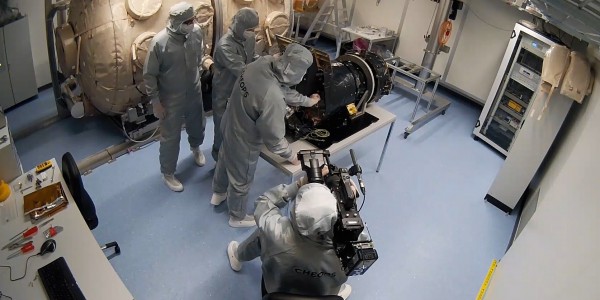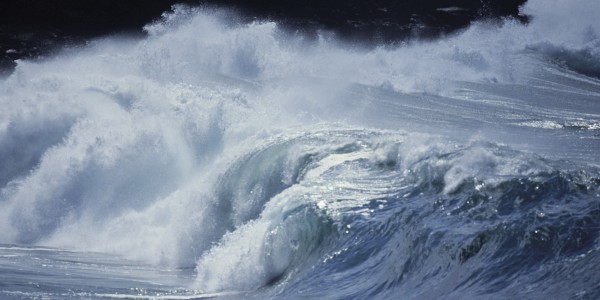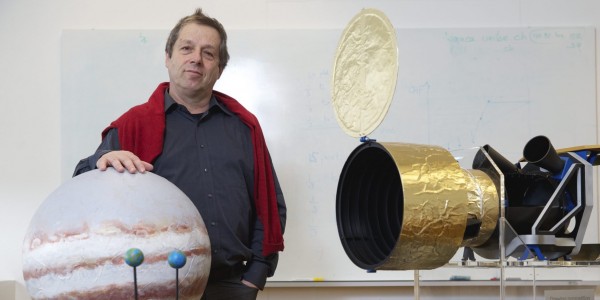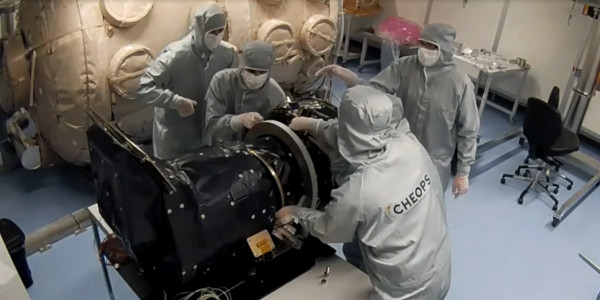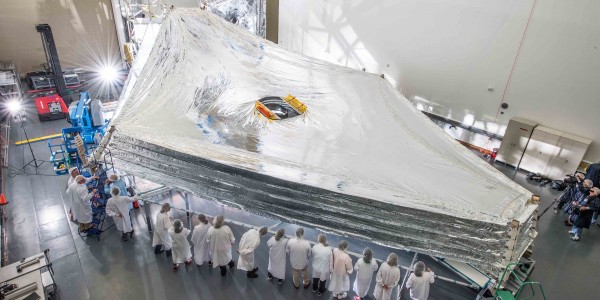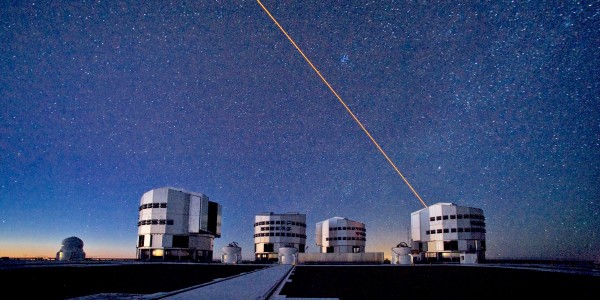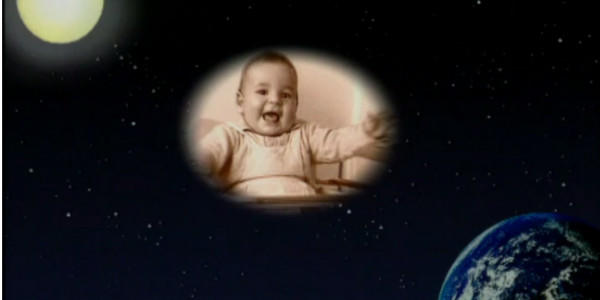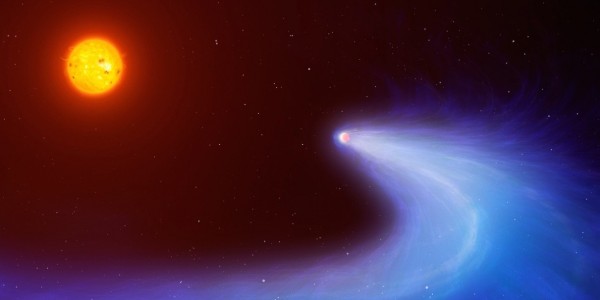News
Open hunt for habitable planets
Bacterium, virus, fungus: Which one of these three things is not considered to be a living organism? The quiz question was quite a challenge for some parents who tried to help their children to win one of the nice space toys, meteorites and other prizes at the event “Jagd nach lebensfreundlichen Planeten” that took place […]
Continue ReadingEpicurus, Hypatia and Nicynon
You can now vote in an IAU worldwide contest to name exoplanets. Since the first entry on 12 August more than 250’000 votes have been registered. Deadline is 31 October 2015. „Epicurus“ should be the new name of 51 Pegasi b according to the “Société Astronomique de Genève”. “It was proposed by Michel Mayor, honorary […]
Continue ReadingTesting CHEOPS on Swiss TV
In August and September, TV crews were filming at the University of Bern, at the Stellarium Gornergrat and in the Musée d’Histoire Naturelle de Genève to report about space and planetary research in Switzerland. „Schweiz aktuell“, SRF1, 21. – 25.9.2015, 19:00 http://www.srf.ch/sendungen/schweiz-aktuell „Einstein“, SRF1, 24.9.2015, 21:00 http://www.srf.ch/sendungen/einstein/sendungen Have a look at the making of the […]
Continue Reading“Too much water is bad for life”
Planets with a deep, global ocean should be very common. But their habitable zone is much narrower compared to Earth-like planets as Daniel Kitzmann, member of NCCR PlanetS, and his colleagues found in a study published in the Monthly Notices of the Royal Astronomical Society. PlanetS: In the movie „Interstellar” Matthew McConaughey and Anne Hathaway […]
Continue ReadingNCCR PlanetS
Dear Reader, Almost 2000 exoplanets have been found since our colleagues Michel Mayor and Didier Queloz discovered the first one orbiting a solar-type star exactly twenty years ago. Such an incredible explosion in number is due for one part to the development of instruments with increasing performances and for another part to the fact that […]
Continue ReadingTesting CHEOPS at the University of Bern
The space telescope dedicated to characterize exoplanets is taking shape. A camera installed in a clean room shows how the CHEOPS team prepares the structural and thermal model for tests in the vacuum chamber. In the huge test chamber the CHEOPS engineers run thermal cycles on the telescope’s structural and thermal model (STM): under vacuum […]
Watch Video“James Webb is a challenging mission”
Observing exoplanet transits will be one of the big science areas of the James Webb Space Telescope (JWST), says Mark Clampin, Observatory Project Scientist of the JWST at NASA’s Goddard Space Fight Center. He was one of the speakers at a conference in July in Bern where 185 participants from all over the world discussed […]
Continue ReadingSPHERE – the planets’ photographer
Only a few exoplanets have been photographed directly, the others were found in indirect methods. In order to detect and characterize exoplanets by imaging, a consortium in which members of PlanetS are involved, designed SPHERE (Spectro Polarimetric High contrast Exoplanet REsearch), an instrument capable of photographing a planet up to a million times fainter than […]
Continue ReadingWhere it all started in 1995
When Michel Mayor and Didier Queloz found the first exoplanet orbiting another solar-type star twenty years ago, Swiss TV documented the historic discovery. Have a look at the young researchers in this video that was first broadcasted on 7 December 1995.
Watch VideoWhat the “comet planet” tells us
Gliese 436b (also called GJ 436b) could perhaps explain the past of our atmosphere and its future. This planet that looks like a comet because of its huge hydrogen tails arouses great interest among several PlanetS astronomers. They have just demonstrated in an article in “Nature” that the hydrogen contained in the planet’s atmosphere is […]
Continue Reading
